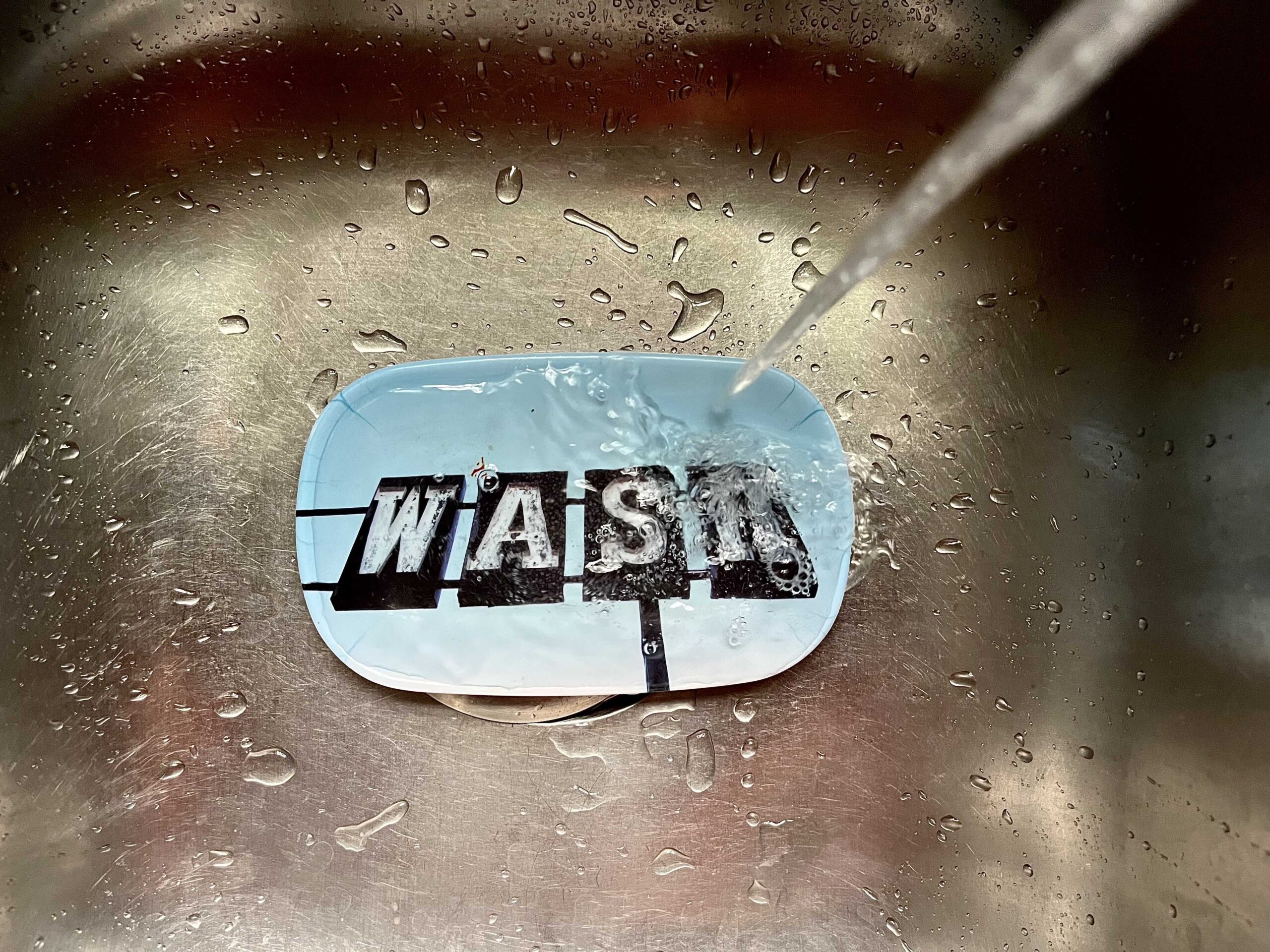
Don’t believe everything you read on social media, government officials said Friday, warning against recent posts misstating guidance on avoiding lead-laden public water on parts of St. Croix.
Gov. Albert Bryan Jr. and officials from the Water and Power Authority warned in mid-October not to use municipal water in many St. Croix neighborhoods for any reason. Following Environmental Protection Agency guidelines, they later lifted the ban on cleaning with WAPA water, saying bathing and doing laundry or dishes was fine.
No drink orders, including cooking with the water, remained in place at La Grange, Strawberry Hill, Stony Ground, Profit, White Lady, Hannah’s Rest, Whim, Williams Delight, St. George, Diamond, Castle Burke, Mon Bijou, Mt. Pleasant, Adventure Hill, Grove Place, Barren Spot, Sion Farm, Wheel of Fortune, St. John, Montpellier East, Colquohoun, Smithfield and Paradise on St. Croix.
Resampling of pipes on Oct. 20 and 21 found undetectable lead levels, or levels within EPA limits at Alfredo Andrews Elementary School, John Woodson Junior High School, Educational Complex High School, the Mt. Pleasant housing community, and WAPA’s entry point standpipe. They were well below the lead action level and, in some cases, undetectable, said WAPA spokesperson Shanell Petersen.
All 36 sample sites tested below EPA thresholds after letting the water run for 10 minutes, WAPA said.
Petersen said she was reached by a concerned WAPA customer who had seen social media posts this week contradicting guidance for the water. The post first appeared on Facebook, Petersen said, then “spread like wildfire through WhatsApp.”
Up-to-date news about copper and lead in St. Croix’s pipes can be found at www.viwapa.vi/stxwater and almost daily via the St. Croix Source.
Unlike bacteria, boiling will not remove heavy metals like lead and copper from water. Cistern water would not be affected unless the cistern was filled with WAPA water from one of the “hot zones.”
Government officials have known about the contaminated water since Oct. 13, warning St. Croix residents not to drink the water, then eventually shutting off some spigots. Bryan asked the White House to declare a federal emergency and declared a local State of Emergency Oct. 30.
While no amount of lead is safe, since 2021, the Centers for Disease Control and Prevention has set the acceptable limit for lead in a child’s blood at 3.5 micrograms per liter. Blood levels above 10 micrograms are cause for concern, according to the CDC. A test of 15 parts per billion in drinking water triggers an EPA report. The worst of the water recently tested on St. Croix was 20,100 parts per billion.
The cause of the high lead and copper levels remains under investigation but WAPA officials have pointed to the age and likely deterioration of its pipes, as well as some people not using their municipal water on a regular basis, in some cases for years. WAPA officials have said the average age of water pipes in the United States is around 45 years old, and the Virgin Islands’ pipes older than that. Replacing the island’s pipes could take five or 10 years, Bryan said. WAPA CEO Andrew Smith has said it was more likely closer to 20 years to do all of St. Croix alone.


